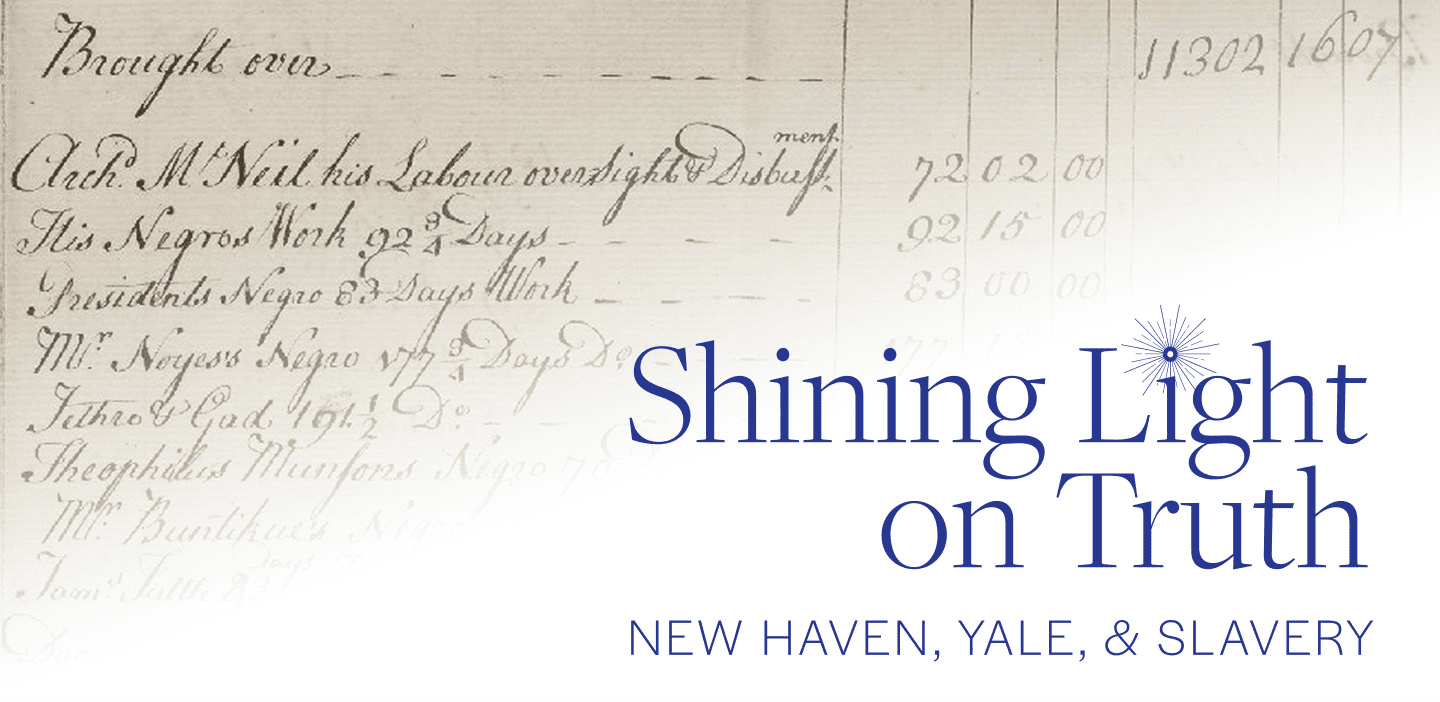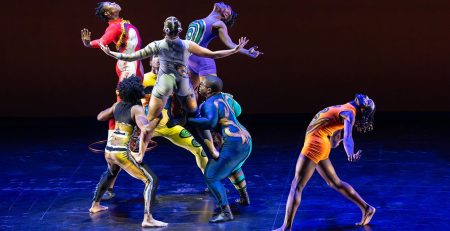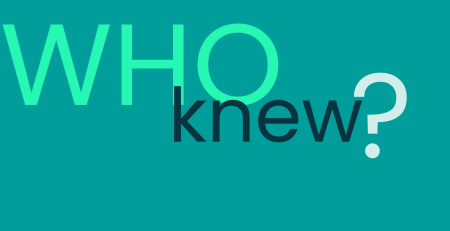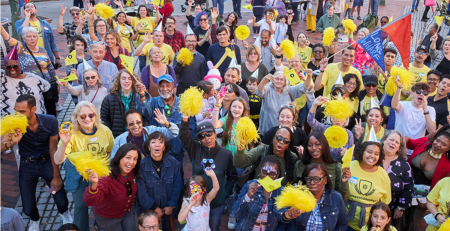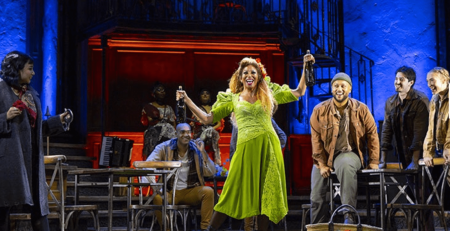The city of New Haven brims with history, dating back to its founding in 1784. Our story reaches and was written by many; from figures like President George W. Bush and black entrepreneur William Lanson, to those who reside in the Elm City today. This year, a new facet of our story is being told at the New Haven Museum, with the newest exhibition, “Shining Light on Truth: New Haven, Yale, and Slavery.” A collaboration between the Beinecke Rare Book and Manuscript Library and the Yale University Library, this compelling showcase delves deep into the stories that have sculpted the essence of the Elm City, offering profound insights into its past and present.
This summer, museum visitors can learn of the essential role that enslaved and free Black people played in New Haven and at Yale University, with focuses on key areas such as the economy and trade, Black churches and schools, the 1831 Black college proposal, and memory and memorialization in the 20th century. The exhibit celebrates Black resistance and community building while illuminating knowledge kept alive in archives and memory for over three centuries.
Featuring archival images and materials from the Beinecke Rare Book and Manuscript Library, “Shining Light on Truth” introduces visitors to some of the unsung heroes and architects of Yale University, along with early Black writers such as Jupiter Hammon, Jacob Oson, and William Grimes. The exhibit also spotlights trailblazing women such as Mary Ann Goodman, whose generosity opened paths for Black students at Yale and other women pioneers in Black education.
The new exhibit can be found in the museum’s upper rotunda, with the adjacent gallery transformed into a reading room evoking a library of the Black college proposed back in 1831, aptly named the “1831 Room.”
The space dedicates attention to the unexplored Black college proposal and celebrates the successes of early Black students at Yale, with photographs and biographies of those students found throughout. Over 200 portraits of these students, including abolitionist James W.C. Pennington and physicist Edward Bouchet. Among the photographs hangs a large seal for the proposed HBCU, created to honor the proposal. Visitors are encouraged to sit, read, and reflect in the space.
Thanks to Yale University, museum admission is completely free throughout the duration of the exhibit’s run, so be sure to drop in before it closes and learn a bit more about our city’s vital history.


